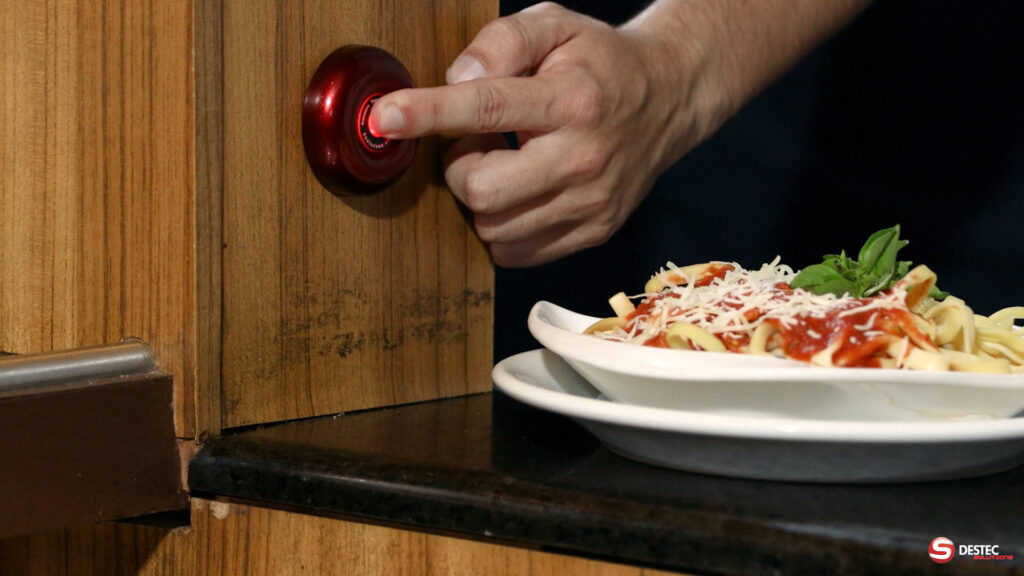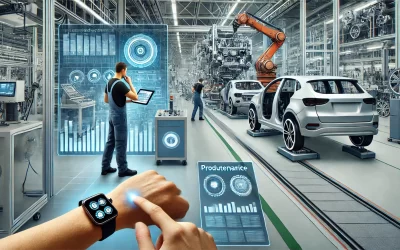5 Strategies to Improve Table Turnover at Your Restaurant
Maintaining a constant flow of customers is key to any restaurant’s success. When tables are occupied for too long, service capacity drops and sales may suffer. The good news is that there are practical and effective ways to improve table turnover without compromising the customer experience. In this article, we explore five data-driven strategies that can help optimize this process in your restaurant.

1.Optimize Service Time with Technology
Studies show that one of the main reasons for delays in restaurant service is communication failure between waitstaff and the kitchen team. Research indicates that around 60% of restaurants report service delays due to a lack of an efficient ordering system. The solution? Implement automation technology to streamline the process.
With systems like Smart Call, waitstaff can be automatically notified when orders are ready, eliminating the need for constant manual checks in the kitchen. This reduces customer wait times and increases the speed at which tables are cleared for new patrons. Additionally, Smart Call can cut operation time by up to 50%.
Practical example: A recent case study showed that after implementing an automated call system at a restaurant in São Paulo, customer wait times dropped by 25%, resulting in a 15% increase in table turnover during peak hours.
2.Simplify Payment with Mobile Solutions
Solutions such as QR code payments offered directly at tables are an effective way to solve this issue. Customers can scan the code and pay directly from their phones without relying on the waiter. This not only speeds up the payment process but also frees up the table more quickly.
Relevant data: Restaurants that adopted QR code payment systems reported a reduction of up to 30% in average table occupancy time, according to a Deloitte study.
3.Automate Communication Between Customer and Waiter
Implementing wireless call buttons directly at tables can make a big difference in service speed. Instead of waiting for the waiter to notice their need, a simple press of a button immediately notifies the staff.
Solutions like Smart Call enable this communication quickly and discreetly. A customer who needs a new drink or wants to settle the bill doesn’t have to flag down a waiter or wait for them to pass by. This optimizes response times, improves customer experience, and increases restaurant efficiency.
Real-life example: A restaurant in New York reported a 20% increase in customer satisfaction and a 12% improvement in table turnover after installing a direct call system.
4.Manage Waitlists Smartly
In high-demand restaurants, efficiently managing waitlists is crucial to maximizing table turnover. Using solutions like SMS notification systems or pagers to alert customers when their tables are ready can prevent patrons from walking away during the wait.
Additionally, offering customers the option to place orders while they wait via mobile apps or digital menus can speed up the process once they are seated, freeing up tables faster for the next guest.
Statistic: Restaurants that implemented waitlist systems with automatic notifications reported an 18% reduction in wait times and a 10% increase in table turnover, according to Toast.
5.Training and Incentives for Staff Agility
While technology is essential, staff roles cannot be overlooked. Well-trained waitstaff who can balance agility and customer attention are crucial to improving table turnover. Investing in training focused on fast and efficient service techniques can yield significant results.
Cornell University studies show that waitstaff trained to serve more quickly can clear tables 15% faster on average without compromising service quality.
Conclusion
Improving table turnover is essential to boosting profitability and ensuring customer satisfaction. By implementing technological solutions like Smart Call, QR code payment systems, and order automation, your restaurant can optimize service, reduce wait times, and increase revenue.



